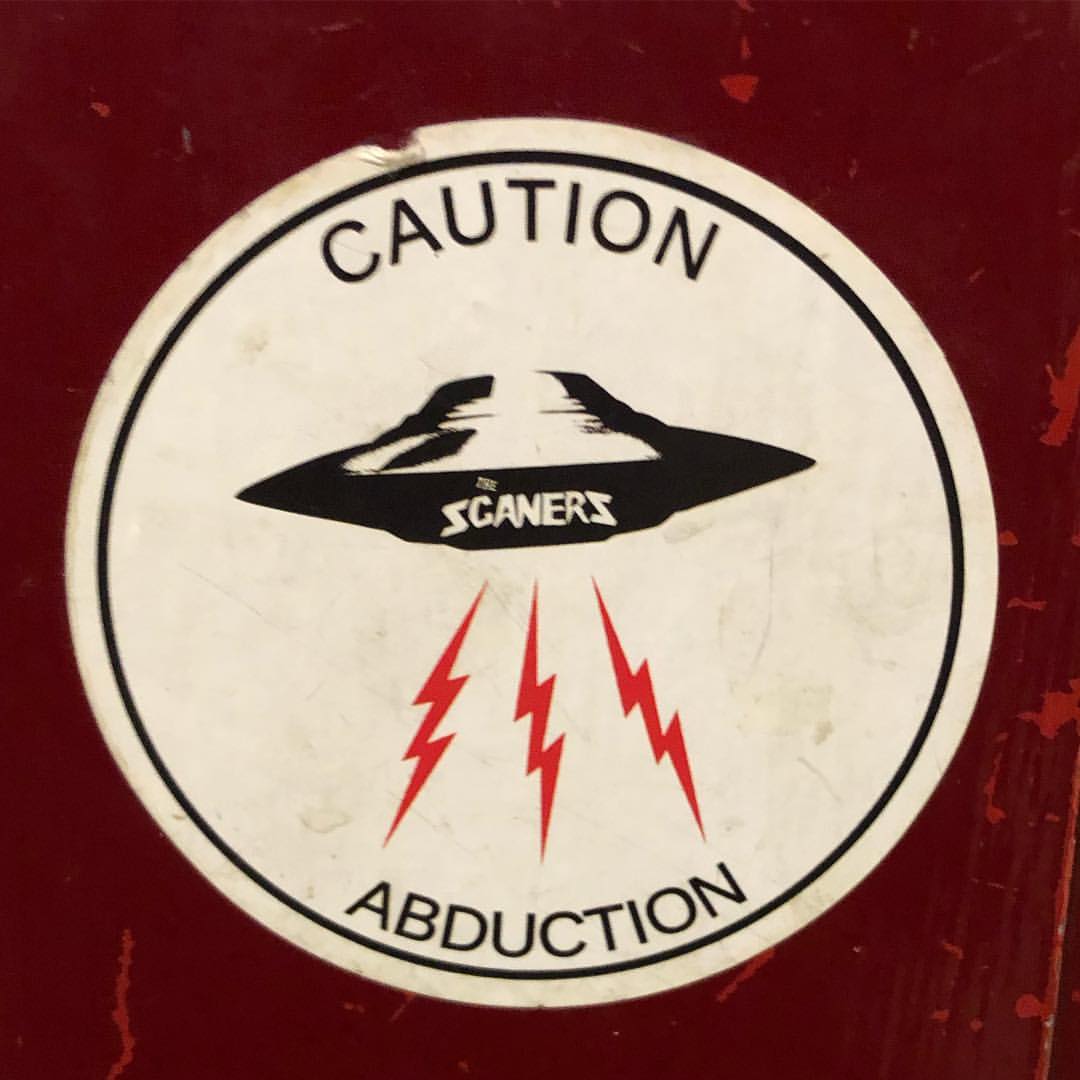Yes, it’s spring (sort of), but I read something the other day – didn’t save the link – wherein winter is predicted for the web. This was the nut of it: AI search engines like Perplexity run around the web at your prompt, scrape info out of a bunch of web pages, and present you with a summary to answer your question, and that means you don’t see all the ads crammed into those summarised pages. The tone was: “please, won’t somebody think of the ads?” You know, the ones that pop up all over the web page you wanted to read and covered up all the text and hid the Xs that are supposed to collapse them. The ones that, on desktop, we use ad blockers to hide just so we can read what you — or your own bot – wrote. The ads, of course, are also largely picked and placed by bots. So the upshot is that robots are displaying ads for other robots to look at. And that this is evidently a nightmare scenario for the web.
This probably shouldn’t amuse me as much as it should.
In the evenings, I tend to do research reading on my phone, with my notebook in my lap, sitting in front of the tv. This means I know exactly how bad the mobile web is, and this is why I rely on Wikipanion for Wikipedia and, increasingly, Perplexity AI to get to the information I want. I currently have no ethical issues with using an AI application to gather and process research material, I’m open to evolving my position on that topic, but “won’t somebody think of the ads?” is not the argument that will move me at the moment.
















